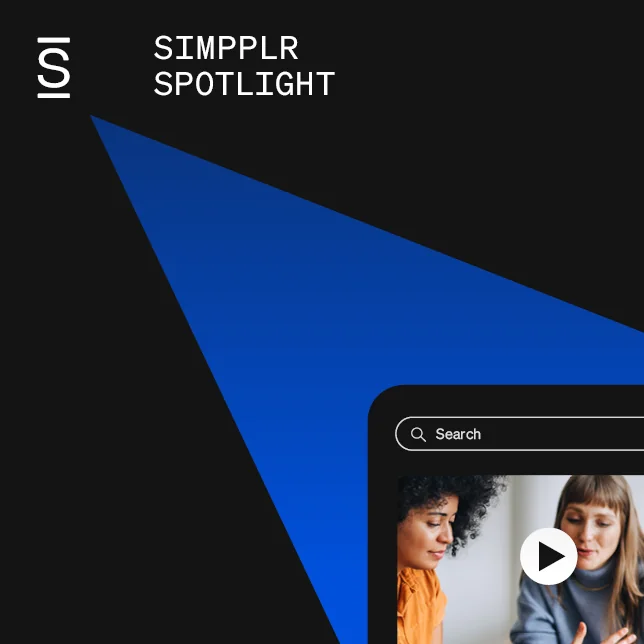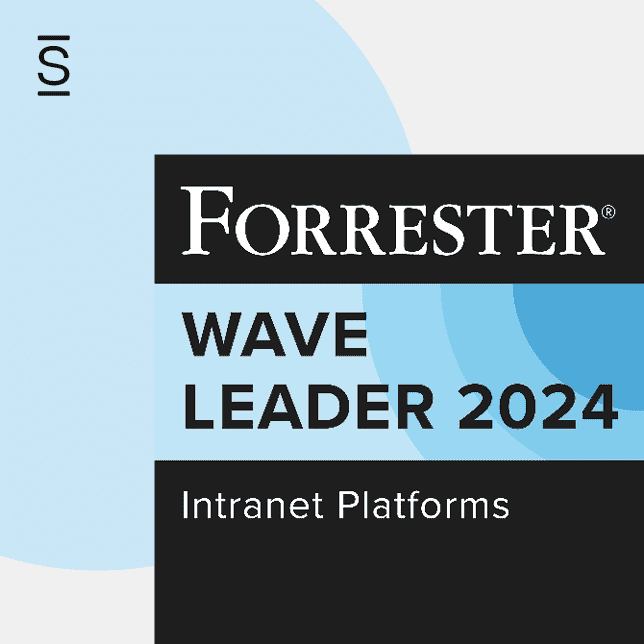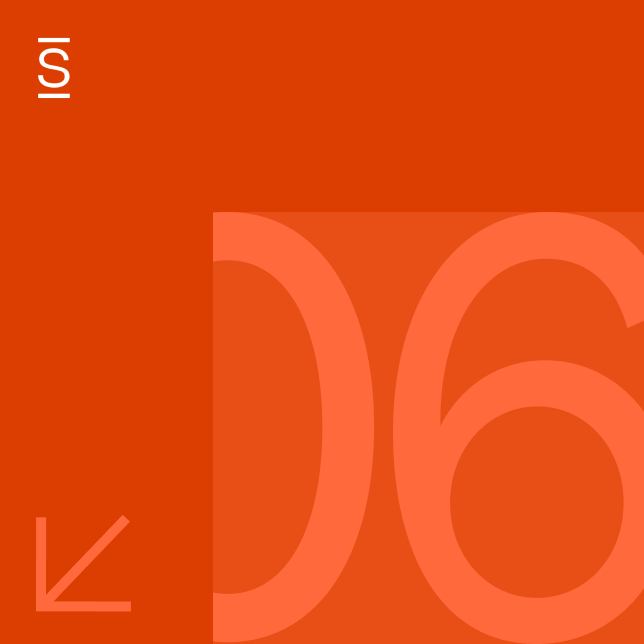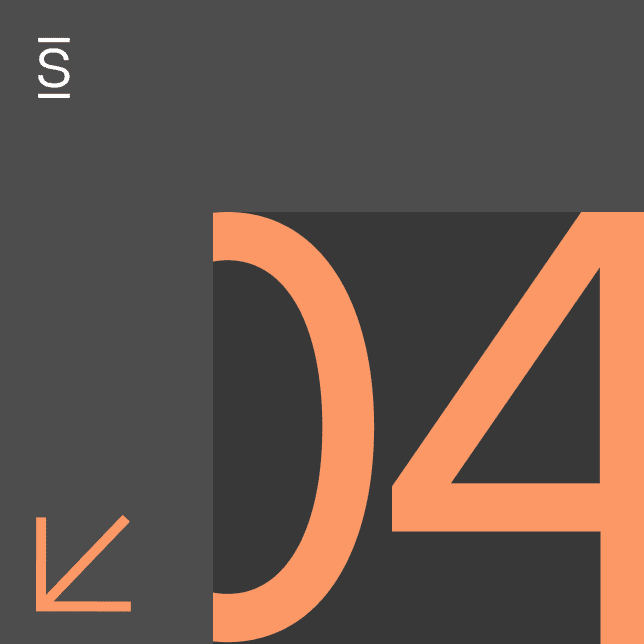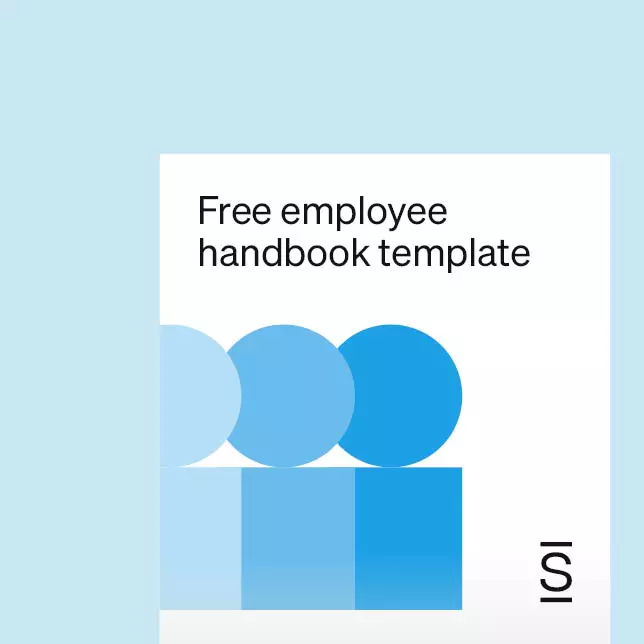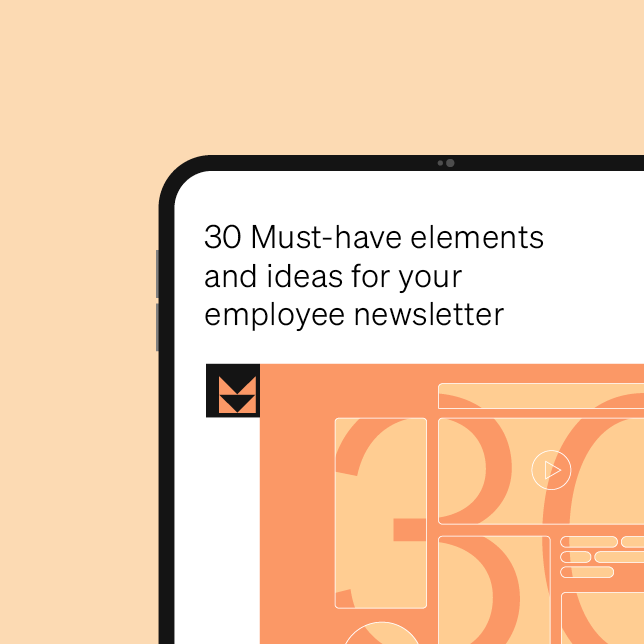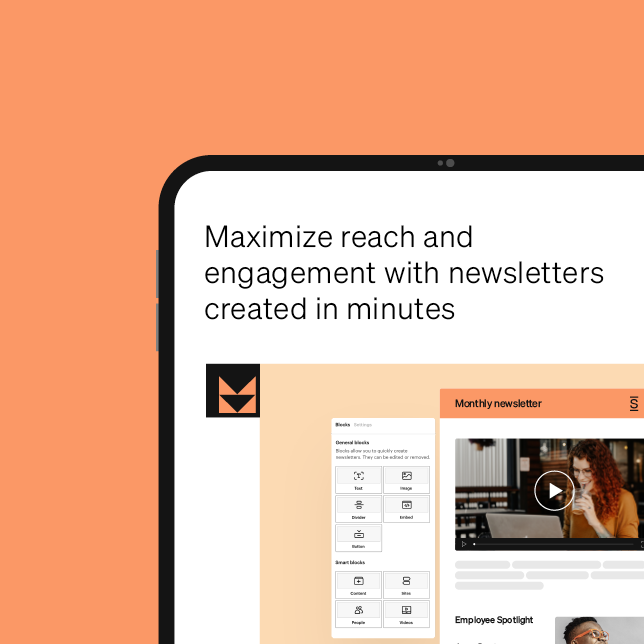An employee newsletter is one of the most important communications tools in the modern organization. Effective internal communications within an organization are essential to attracting, engaging, and retaining employees.
By understanding the different types of newsletters and their application in various scenarios, you can improve employee engagement and participation in any message you share, be it the company mission and values, employee development opportunities, or CSR.
Employee newsletter examples
Newsletters, like darts, must hit the target if they are to score for you. Employee newsletters can be categorized into different groups depending on the target audience. Understanding the different types will help you design, produce, and distribute newsletters that consistently hit the mark.
If you’ve already read our 30 Must-Have Elements and Ideas for Your Employee Newsletter guide, you may have an idea of some of the categories. We discuss the contents of a newsletter, including the six newsletter content categories, along with 30 crucial pieces of information you should share with your employees regularly or as it arises to keep them updated, engaged, and motivated.
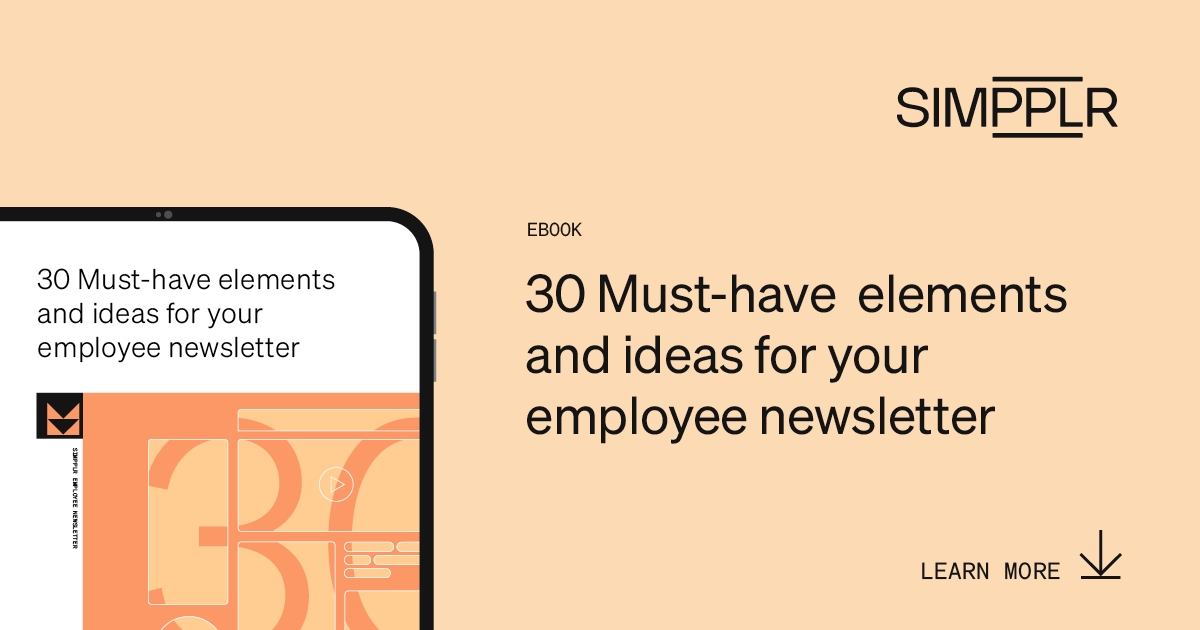
This is just like that, except we will look at the different classes under which those individual elements fall. This will help IC, HR, IT, leaders, and other communicators become more efficient, not just in pushing out information but also pulling it in by organizing employee interactions and encouraging participation.
So, let’s look at some of the most common types and see a few employee newsletter examples to understand better.
1. Company-wide newsletters
Company-wide newsletters are aimed at everyone. This includes the leaders, the managers, and the employees. Company-wide newsletters promote organizational cohesion by demonstrating transparency, equality, and unity.
However, targeting such a large group of people, there are some challenges with this type of employee newsletter. Primarily, there is less and less content to share as the size of the audience grows because individuals have fewer commonalities.
Thus, company-wide newsletters are less frequent, meaning less chance to demonstrate the values mentioned above. To maximize their effectiveness, use simple language free of jargon and communicate in a conversational tone. There is less room for humor, but you can still keep it light with safe references that all can understand.
Done well, company-wide newsletters should bring the team closer over time to the extent that these fundamental challenges are overcome or minimized. For instance, people can be freer with each other, and the communicators use insights to improve their messaging.
Company-wide newsletter examples are those sharing the company mission and values. The entire workforce needs to be constantly reminded about what the organization aims at and what it exemplifies.
Another is the diversity, equity, and inclusion (DEI) newsletter during the hiring season. As the organization implements DEI practices, the employee newsletter can be used to marshal the troops: Let managers know how to treat new hires, educate employees to ensure a smooth transition for newcomers.
2. Departmental newsletters
Communications within departments are highly targeted and engaging. Employees are quick to view and respond to newsletters from their immediate supervisors: The information could be urgent, or it could regard them personally.
Compared to company-wide newsletters, which are predictable regarding when and what to expect, departmental newsletters are far less predictable, being shared regularly and as new information arises. They can enhance daily productivity and overall performance.
The main challenge with departmental newsletters is preventing information overload. Too much information may confuse the employees. Additionally, getting bombarded with notifications may cause them to disengage by switching their phone to silent, for instance.
Alongside confusion and frustration, information overload may cause monotony as employees get used to the same type of information. To prevent this, establish a schedule. You may have a monthly newsletter, but it may not cover the department’s communication needs. You can still set a regular schedule for more frequent departmental communications, such as a weekly update.
Departmental newsletters can utilize the already-established familiarity to promote closer employee connections. A cohesive department will achieve its goals more quickly with individuals focused on the group’s success.
Departmental newsletter examples include performance reviews and employee feedback. The managers can use the newsletter to evaluate the group’s performance and chart the way forward while employee feedback is published and discussed openly.
3. Team newsletters
Team newsletters are sent to members of a group working on the same project or task. A team can have people from different departments who have come together to see a project through temporarily or permanently. The team can also have members of other ranks in the organization.
Team newsletters can be used to update members on the project’s progress and remind them of their responsibilities. It can also be used to engage and motivate them for success. Finally, it can be used to evaluate performance and celebrate wins.
Compared to the previous two types of newsletters, there is much broader room for flexibility in the content and language used. The team likely has fewer members who are more familiar with each other, and communicators can pull the language from their everyday interactions. The humor can be more profound with inside jokes, for instance.
To ensure the success of a team newsletter, make everyone feel close to everyone else by encouraging interactions and featuring content from the team members. For instance, you can ask for suggestions on an issue and have people vote.
Team newsletter examples include performance reviews, company resources essential for the project, and practical tips from the leaders and members.
4. Employee recognition newsletters

Employee recognition newsletters acknowledge the performance or behavior of an employee or group. The goal is to reinforce particular attitudes, behaviors, or activities that align with the organization’s mission.
Employee recognition newsletters may be shared with a large or small group. The target depends on the significance and relevance of the particular achievement. For instance, the entire organization must hear a heroic act such as risking one’s own to save a fellow employee’s life. On the other hand, a sales rep outperforming their peers, while significant, isn’t relevant to the entire organization.
Determining the size of the audience is among the main challenges for employee recognition newsletters. You want the individual or team to be adequately recognized – their perception will impact their motivation. You also wish the acknowledgment to be meaningful to the newsletter viewers – otherwise, they will tune out.
To ensure the recognized employees feel special without disengaging others, the communicator should determine the significance and relevance of the accomplishment when setting up the audience list. They should also be creative, incorporating different ways, such as giving a badge of honor, posting an employee recognition wall, and using special events to acknowledge employees.
Employee recognition newsletter examples could be as simple as celebrating birthdays, work anniversaries, and other noteworthy occasions, such as the birth of a child.
5. Safety newsletters
Safety newsletters are used to sensitize employees to their own and their colleagues’ safety in the workplace. A typical safety newsletter contains articles, stories, graphics, tips, and other pieces of information pertaining to a safe work environment.
In many organizations, safety guidelines are a combination of general rules and specific measures. General rules may include how employees report safety incidents and use common equipment like fire extinguishers. Specific measures concern particular work environments (e.g., frontline workers) or people charged with safety in the organization (e.g., fire wardens).
Ensure the effectiveness of safety newsletters by delivering them through the right channels. Email notifications may work for desked workers, but for the deskless workforce, pop-up messages and SMS work better. Use unique features such as the hazard sign to communicate urgent safety information, so people open it sooner.
Safety employee newsletter examples include reminders and safety reports. In addition to making the resources available, employees should be constantly reminded of safety measures. Similarly, the organization should publish a periodic report on the status of the organization. How many incidents were reported during the previous period? Does it point to an improved understanding of the safety protocols? What are the next steps? Things like that.
6. Benefit newsletters
Benefit or charity newsletters contain information about the philanthropic efforts by and within the organization. This includes reminders of upcoming events and reports on the outcomes of previous efforts. Benefit newsletters help establish a culture of giving in the organization.
Benefit newsletters may be shared company-wide if they involve the entire organization’s efforts. They can also be used to recognize the efforts of particular groups within the organization. Individual groups, such as departments and teams, may have their newsletters shared only with the members.
The main challenge with benefit newsletters is initial employee participation. While it’s easy for the organization to commit a certain amount of funds to give to charity, active participation (e.g., preparing meals, planting trees, cleaning the environment, etc.) is not easy. If the audience isn’t bought into the initiative, it will most likely ignore the messages.

To improve the effectiveness of your benefit newsletters, be clear and upfront about what you aim to accomplish. Also, be consistent. Just like advertising, it may require repeated exposure to the message for the employees to become engaged and take action. You can also offer options allowing people to participate in initiatives that are closer to heart.
Benefit newsletter examples include periodic reports on the organization’s CSR initiatives.
7. Training and development newsletters
Employee training and professional development is an essential aspect of the modern organization. Training and development newsletters help implement your program right from identifying the needs to delivering the learning material and measuring the outcome.
The target audience for training and development newsletters diminishes as the stage advances. Initially, they may be company-wide as you try to identify the gaps through surveys and suggestion boxes. Gradually, as you understand what the workforce is missing and segment those needs, the audience size reduces. Eventually, the training and development newsletter includes people with a common goal.
If the program is implemented correctly, you will have broad buy-in, and employees will be highly engaged with the newsletter. Additionally, employees are closely connected by their common objective thus they interact more easily.
Training and development newsletters can be enhanced by using newsletter templates, allowing you to get the material out quickly without spending too much time in production. Have a class schedule, so the learners know when to expect the newsletters.
Training and development newsletter examples may include advertisements for job openings. Providing employees with opportunities to develop their skillsets and then offering them a job…it doesn’t get more “employer is invested in my growth” than that.
8. Employee engagement newsletters
Employee engagement newsletters help strengthen the mental and emotional connections with the organization. They can supplement other types of newsletters by, for example reaffirming the organization’s commitment to professional development or simply touching base to see how the workforce is faring.
Employee engagement newsletters can be sent company-wide or in sections. Employees are engaged company-wide as they see the employer’s efforts to promote a transparent, united, and fair work environment.
However, to avoid the constraints of communicating with a large audience, communicators can promote employee engagement in segments. This way, they can appeal to employees at a more personal level.
Thus, the number one prerequisite for employee engagement newsletters is personalization. The content must be customized to fit the list of employees it is sent to. This takes close study of the workforce through people analytics, surveys, and other methods to know how different sections of people respond to content.
Employee engagement newsletter examples include invitations to events for celebration, recreation, etc. The newsletter serves as a preamble for these events to promote closer bonds among employees and an improved perception of the employer (employer branding).
9. Social and culture newsletters
Another great way to boost employee engagement is through social and culture newsletters. These are designed to promote networking among employees outside the work environment. They can also effectively showcase the different dimensions of the organization’s culture and demonstrate how all are aimed at the same goal: The mission.
For instance, you can use your newsletter to encourage employees to take time off and recuperate, which is more aligned with the mission than overworking.
Again, this is best done in segments. An employee’s birthday party is an excellent opportunity for socializing, but you’re not going to invite all 2,000 employees to the party. A quick celebration after a long work day among the members of the department or unit will suffice for the individual’s recognition and leave lasting memories with the attendees.
For successful social and culture newsletters, most content ideas should come from the employees. Encourage people to share what’s happening in their personal lives and use that as a pivot to foster bonds and strengthen the organization’s culture.
Social and culture newsletter examples include employee support during adversity. When workers are going through tough times in their personal lives, it is difficult for them to perform their best at work. Marshaling the workforce to support an individual can ease their pain while strengthening the relationship all around.
10. Employee wellness newsletters
Finally, let’s not forget the importance of addressing the workforce’s physical and mental health needs. Wellness newsletters can be used to identify the health needs of the employees, invite them to various treatments, and track their progress to ensure they get back to their peak.
Depending on the content, employee wellness newsletters can be shared company-wide. Content pointing employees to health and wellness resources should be shared company-wide and as new hires join the organization.
On the other hand, to encourage employees to participate in wellness programs, it is crucial to appeal to them personally, such as through the department managers or team leaders. Especially regarding mental health, communicators understand that it can be difficult for employees to open up.
Through anonymization, employees can be encouraged to share their own experiences by showing them that others among them are battling the same demons and they have the full support of the organization. Gradually, this should lead to more openness about physical and mental needs in the workplace.
Best practices for creating and distributing employee newsletters
Make sure your employee newsletters don’t fall short by studying and implementing these best practices to optimize the content and delivery. Primarily, you must have efficient communications systems, appeal to employees on a personal level, and apply what you learn through data. It’s a labyrinth and one that takes concerted effort to navigate effectively.

Here, a more elaborate version of that:
Content
Employee newsletter content creation should be goal-oriented. Part of the process of creating an internal newsletter involves defining the goals, which is how the program gets direction. These goals should be top-of-mind with IC, IT, and C-suite communicators.
In addition, each issue should have a goal – which is why every newsletter should end with a clear call to action.
Employee newsletter content should be relevant to the recipient. Employees automatically disengage if the newsletter isn’t relevant to them. Besides, you don’t want your workforce spending valuable time on information that doesn’t improve their work.
With what you know about the types of employee newsletters, you can improve content relevance by segmenting your audience depending on the message you want to send.
Further, employee newsletter content should be aesthetically pleasing. This grabs the viewer’s attention, improves their understanding of the information, and boosts their ability to remember the information shared.
Timing
First, establish a schedule to guide the creation and distribution of the newsletter. Typical schedules that make sense for the different types of employee newsletters mentioned above are: Weekly, bi-monthly, monthly, quarterly, and annually.
The frequency of the newsletter may vary from one company to the other. It is based on the amount of information and its significance to the organization.
Second, communicate urgency to ensure timely consumption of the content. However, this should be realistic, not simply a gimmick – communicate the accurate level of urgency. For instance, safety newsletter notifications can have a hazard sign to communicate urgency, but you don’t need to scream “URGENT!” on a quarterly newsletter subject line. They have three months to see it.
Third, test to improve the newsletter timing. The ideal schedule will be based on understanding the optimal times to share newsletters. Will the training and development newsletter work better early Monday morning when they are refreshed from the weekend or Friday evening so they can use the weekend to organize themselves for the week ahead? Test and improve.
Distribution
An inclusive communications network helps you get your newsletter to everyone – yes, it’s possible to reach all your employees. Make use of available technology to ensure all workers, no matter where they are, can receive newsletters on time (at the same time) and view them comfortably regardless of the device.
Expressing your expectations establishes a standard for your newsletter. Make it clear that the organization will provide efficient communication channels but that employees are expected to use available tools to access the newsletter.
Offering incentives encourages participation in the creation of the newsletter. You don’t want all newsletter content to come from the leaders and managers. Many types of newsletters mentioned above are employee-driven i.e., communicators tap into employee activities to develop content ideas.
Tips for increasing employee engagement and participation
Organizations with successful employee engagement newsletters are keen on following the best practices for creating and distributing content. However, they also have handy tips in the back pocket that make it easier to engage their employees and even inspire them enough to participate in the creation and distribution process.
1. Share employee stories
Are you hiring? Promoting a charity drive? Or planning a farewell party for a retiring employee? These are some occasions when you want employees to deeply engage with the message and participate in various ways.
You can achieve this by enhancing your message with employee stories. For instance, have people share memorable experiences with the retiring employee, talk about last year’s fundraising drive, or share their experience working at the company during the hiring season.
2. Create interactive elements
If you want employees to engage with the message, make the newsletter interactive with an intuitive design. This means a design that allows (guides) the viewer to navigate through the newsletter easily. The placement of different elements in the newsletter significantly influences how easily people can consume the content.
Ensure your newsletter has visual content such as pictures, graphics, videos, GIFs, memes, emojis, etc.
3. Personalize the content
Successful newsletters have fun or interesting content that is relevant to the employees at a personal level. Segmenting your employees depending on the message you want to send will ensure you always reach the right people who are more likely to engage and participate.
Thanks to advances in employee experience technology, personalizing newsletter content is as simple as clicking keys on the keyboard.
4. Measure success
You can’t improve what you don’t know. That is why leading organizations tirelessly monitor and measure their newsletters. Measuring uncovers valuable information that can improve employee engagement and participation.
These include the preferred content formats, when to deliver newsletters, effective communication channels, and others which can be easily collected with today’s advanced tools.
5. Apply the insights
Knowledge is potential power. After measuring, analyze the data to reveal actionable insights into how to increase employee engagement and satisfaction. Base your decisions and strategies on the insights.
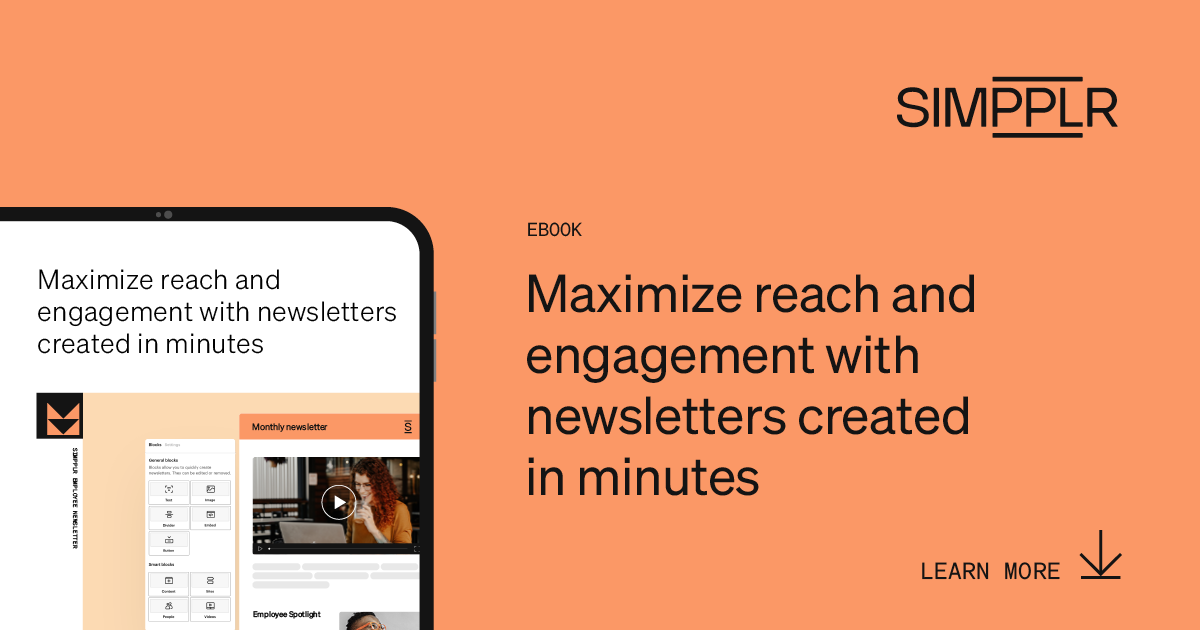
Conclusion
There are plenty of employee newsletter examples. Once you get the hang of it, you can create multiple types of newsletters and balance them perfectly. However, it’s vital to first learn how to create engaging newsletters.
Start with the most essential and use them to understand your workforce better by monitoring interactions with the newsletter content. Some types of newsletters to start with are employee onboarding newsletters and departmental newsletters.
Onboarding newsletters offer a great place to start, as the new system can be tested with new employees who may not be as resistant to change as the existing ones. Departmental newsletters work because the information is more relevant and urgent; hence the stakes are too high to miss it.
Wherever you decide to start, you will need an efficient communication system to launch and track your newsletter. Simpplr is the leading AI-powered employee experience platform offering knowledge management and employee collaboration on top of the communications system.
Using the capabilities of cutting-edge AI technology, Simpplr is the preferred partner by many organizations across the world as they implement their digital transformation strategies.
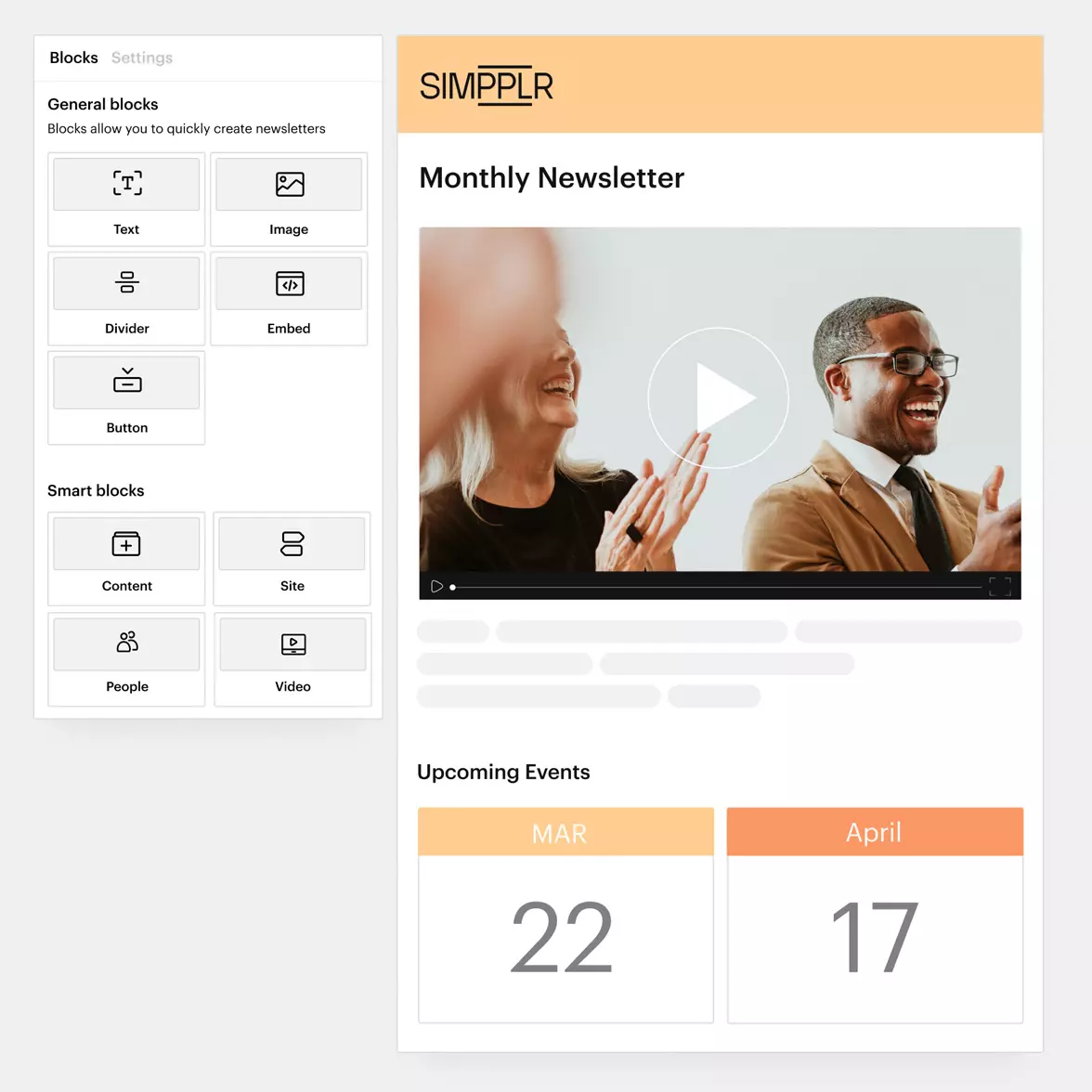
If you’re looking at employee newsletter examples, you’re already setting yourself up for a successful transition. Reach out for a demo to see how the Simpplr Employee Newsletter can help.



